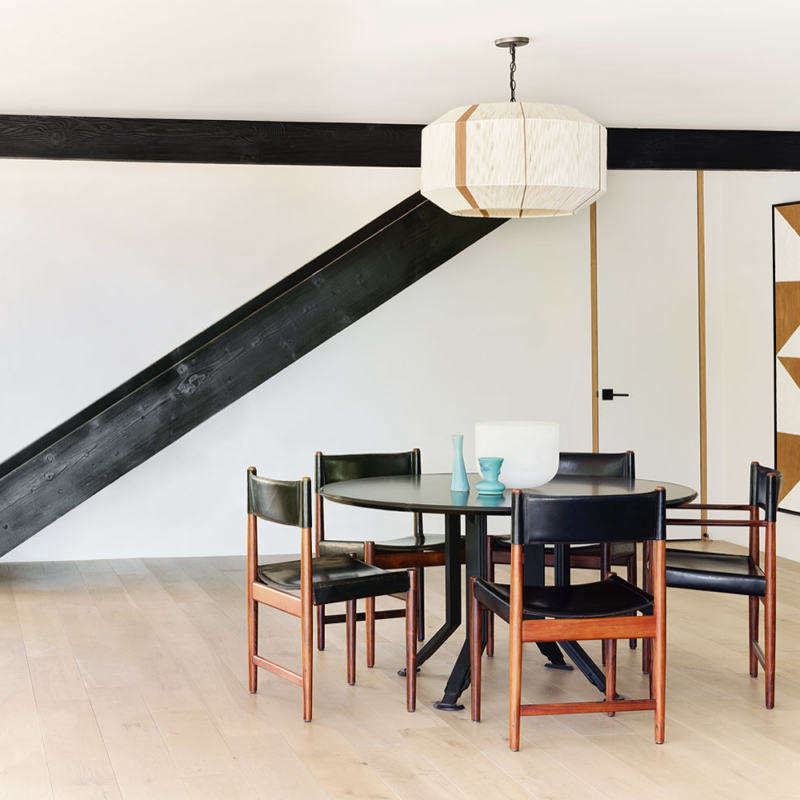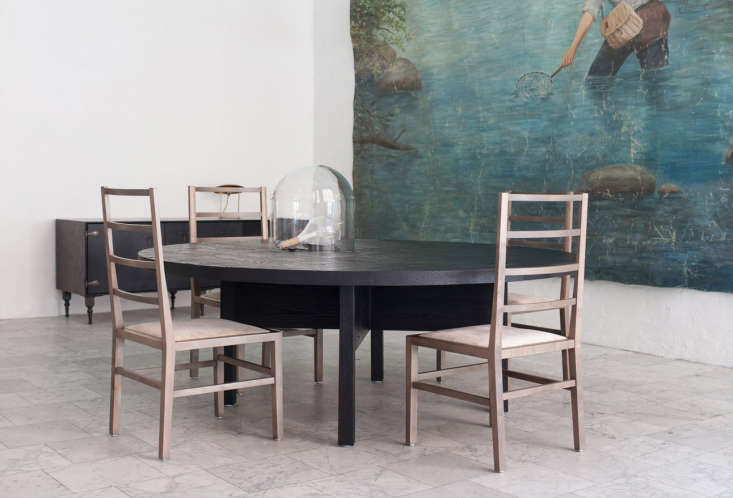Repeat after us: shou sugi ban. Devised as a way to make wood less susceptible to fire and to keep away insects and rot, this longstanding Japanese method involves torching your building materials. The results are long lived and hauntingly beautiful. And the good news is that charred wood is now widely available for domestic use. Here are 13 examples of charred wood put to use (for both interiors and exteriors) and where to buy it.
13 Charred Wood Houses













Where to Buy Charred Wood





For more Remodeling 101 stories, see our posts:
- Remodeling 101: Solar Paneling Primer
- Remodeling 101: Steel Factory-Style Windows and Doors
- Remodeling 101: 5 Things to Know About Radiant Floor Heating
- Remodeling 101: How To Patch Nail Holes, Tips from a Master Painter
N.B.: This post is an update; the original story ran October 14, 2014.
Frequently asked questions
What is shou sugi ban?
Shou sugi ban is a Japanese technique of charring wood which preserves it and protects it from insects and decay.
What types of wood are best for shou sugi ban?
Cedar, cypress, oak, and pine are excellent candidates for shou sugi ban technique.
What colors can be achieved with shou sugi ban?
The charring technique can produce a range of colors from light gray to deep black, depending on the intensity of the burn and the wood used.
Can shou sugi ban wood be used for flooring?
Yes, shou sugi ban wood is commonly used for flooring and adds a unique and modern look to any space.
How long does shou sugi ban wood last?
When properly maintained and installed, shou sugi ban wood can last up to 80 years or more.
Can shou sugi ban wood be painted?
Yes, shou sugi ban wood can be painted, but it's not recommended as it covers the unique texture and pattern produced by the charring process.



Have a Question or Comment About This Post?
Join the conversation